The Samsung QLED TV was born in 2017, advertised the arrival of another display revolution in the TV industry. In 18 years, Samsung returned with the evolution of the new QLED TV Q9F. After a period of in-depth experience, we are full of praise for the picture quality of this QLED TV.
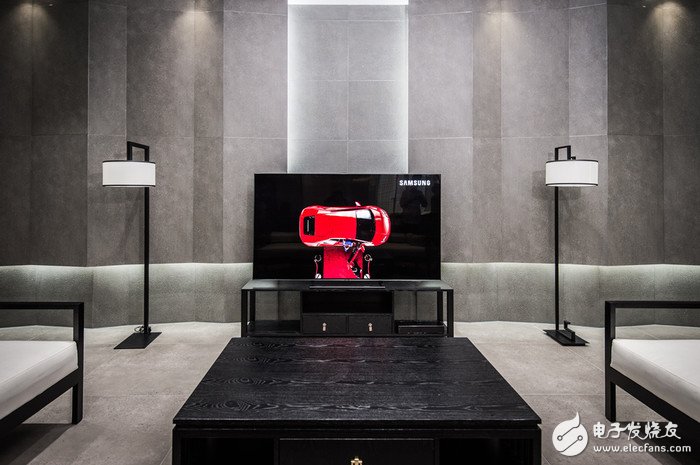
Behind the excellent picture quality are "QLED", "100% color rendering volume", "full array backlight" and "deep black anti-reflection 2.0" and other black technologies to achieve. So, what are the principles of these black technologies? How is it achieved? Next, let me speak slowly.
Samsung Q9F is Samsung’s flagship QLED product launched this year, available in 75-inch and 88-inch models. We received the 75-inch model. In addition to black technology, this TV is also remarkable in other aspects. The minimalist design of the fuselage with ultra-narrow design, abandoning the many interfaces that TV has always used, is simple and generous. Equipped with the new Tizen smart operating system, Smart TV smart lifestyle, remote control of everything, and smart interconnection.
How much do you know about QLED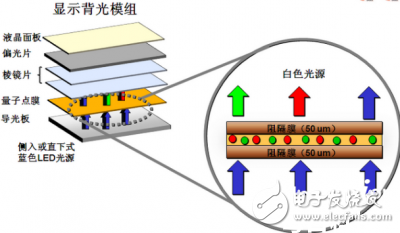
Speaking of QLED, everyone may not understand it very well. For example, some readers may see it as OLED faster. Compared with OLED, QLED has only a little more English abbreviation, but it is quite different. The full name of QLED is Quantum Dot Light EmitTIng Diodes, and the Chinese name is Quantum Dot Light Emitting Diode, which is also a self-luminous technology. However, Samsung QLED TV currently uses a quantum dot film to cover the backlight, which can significantly increase the color gamut and increase the brightness, making the Samsung QLED TV achieve 100% color expression. This is also the reason why Samsung intends to bet on QLED in the future. After all, for the vast majority of consumers, the color performance in image quality is the most obvious.
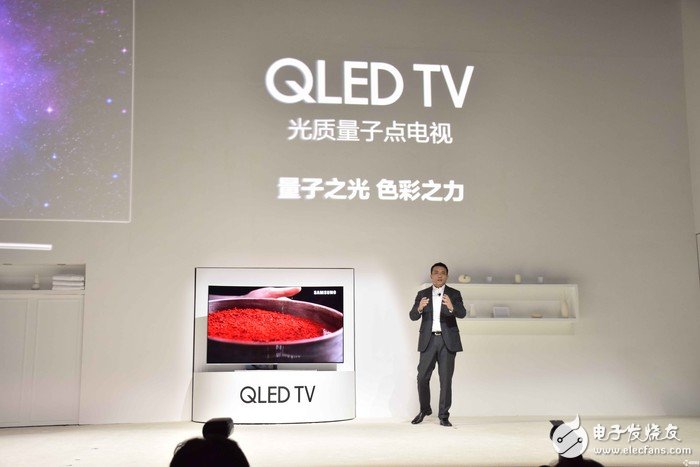
Samsung QLED light quality sub-dot TV Q9F100% bright color performance, with Samsung's careful color adjustment, can present a richer color performance effect. In the color saturation test, the NTSC color gamut of Samsung Q9F is as high as 109.72%. Quantum dot technology brings a very high color gamut level, while showing a very delicate color transition and full color reproduction.
100% color volume brings more realistic color performanceEverything has colors, but not just red, orange, yellow, green, blue, blue and purple. Color rendering volume is an accurate standard for color rendering, mainly measuring the three-dimensional space composed of TV color gamut and brightness level. In this simple understanding, the color performance we mentioned earlier is mainly the color gamut, which refers to the number of different colors that the TV can display. In addition to the color gamut, the color rendering volume has increased the standard of brightness. If a TV has a wide color gamut and high brightness, its color volume will be larger.
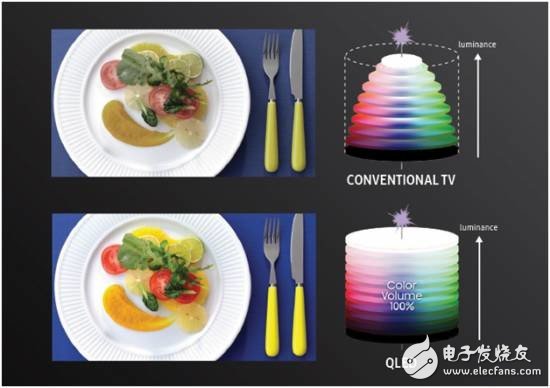
Samsung QLED TV can show 100% color rendering volume, making the scene more realistic, accurate and full of vitality, even in extreme scenes, such as bright or dim. It can accurately restore the DCI-P3 color space. (*DCI-P3 is the digital cinema projection standard of the American film industry.)
Full-array direct-type backlight and deep black anti-reflection 2.0Why put these two items together? Because these two black technologies affect the image quality—light control performance.
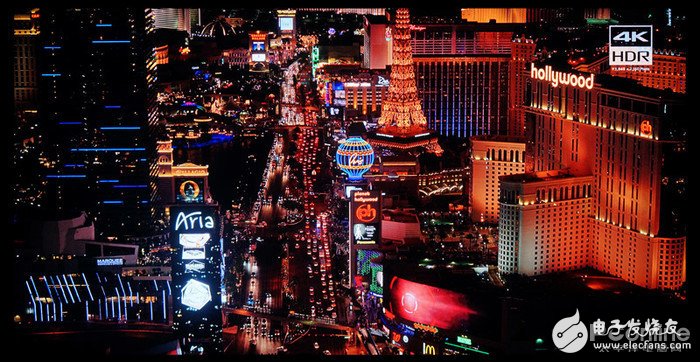
Ordinary implantable backlights are more or less known to everyone. It refers to the technology in which LED dies are uniformly arranged behind the liquid crystal panel as a light source, so that the backlight can be evenly transmitted to the entire screen. The full-array direct-in backlight is able to adjust the brightness of each point in the fine array, making the picture details more delicate and realistic. This is also the dynamic area backlight technology that mainstream TVs like to advertise, but Samsung’s QLED’s full-array implantable backlight is more accurate and delicate than ordinary TVs that can only divide the TV into several areas for independent light control.
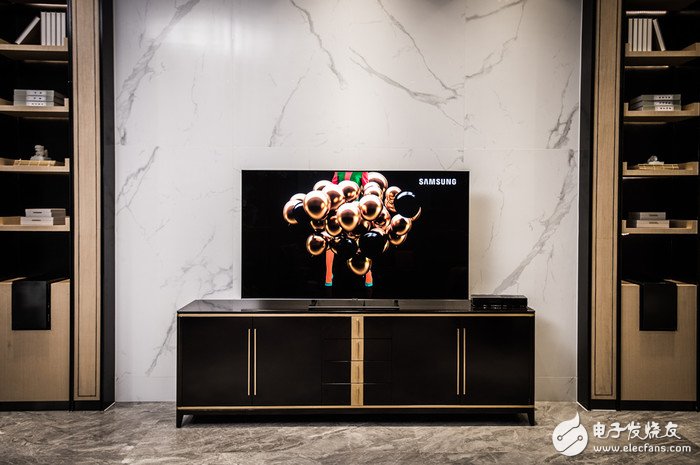
A large part of OLED's image quality is praised for its excellent light control, because each light-emitting diode in the panel can independently control its opening and closing. Therefore, OLED is more pure and "black" when it is black than ordinary TVs. The deep black anti-reflection 2.0 is to achieve a purer and cleaner "black". Deep black anti-reflection 2.0 can prevent all internal light sources from flowing out, so that the black area is completely black, and at the same time minimize the reflection of external light sources. No matter where the TV is placed, there will be no reflective and dazzling feeling, and the visual experience is very good.
Q HDRThere is basically no TV that does not promote HDR effects, so what exactly is HDR?
HDR stands for High Dynamic Range. It has different interpretations and applications in different industries. There are also multiple standards in the field of display video. Interpreted in accordance with the mainstream standards applicable to TV, HDR refers to high dynamic range images, which can provide more dynamic range and image details than ordinary image videos.

Under the effect of HDR, the colors presented by the TV are more vivid, the blacks are deeper, and the objects in the picture are clearer. At the same time, the tone of the picture will be expanded, alternating between cool and warm colors. Brightness is the key to HDR: most TVs on the market have a brightness of around 400 nits, and some models reach 750 nits. However, the maximum brightness of HDR TVs can reach 1000 nits, and the increase in brightness can make scenes appear more real, especially outdoor scenes.
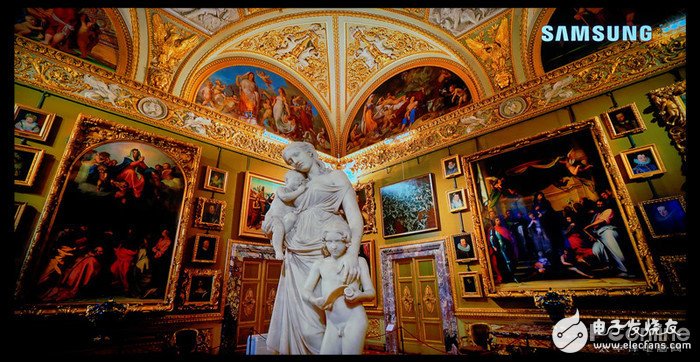
By increasing LED power consumption and adopting bolder backlight technology, Samsung Q9F has the highest peak brightness of 2000 nits. This peak brightness is beyond the reach of WOLED TVs. Samsung has also added "Dynamic Tone Mapping" to HDR. The ultra-high peak brightness combined with 100% color rendering volume can retain all the details of 0-1500nit. Through HDR brightness enhancement, the picture quality experience is unprecedentedly real.
I just mentioned so many black technologies for picture quality, but putting them together directly may not necessarily show the best results in a video. It also requires image quality adjustment and continuous optimization. Just like there are various talents in a team, this team needs a smart commander to allocate resources and optimize the configuration of the team in order to maximize the collective strength.
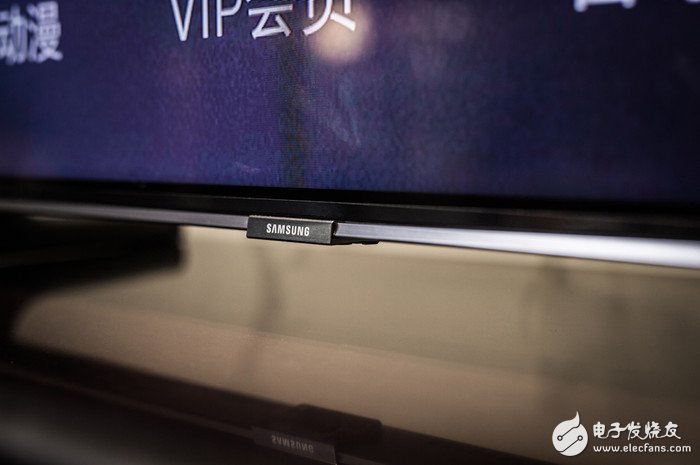
On Samsung QLED TVs, the Q engine plays this role. Samsung Q9F uses the Q engine for color adaptation to expand the TV display color gamut; analyzes the screen display scene and optimizes the contrast to make the light and dark more distinct; controls the HDR and fine-tunes the brightness level to make the picture clearer.
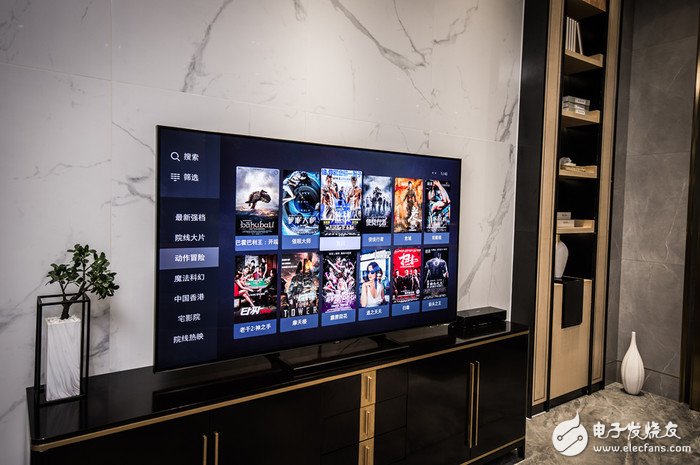
People often say that the big screen is cool. In addition to the big reason, the picture quality is also the core value of the big screen TV. Samsung has bet so many black technologies on its new QLED TV, which can also be seen from Samsung's strong R&D strength and full sincerity.
Behind this, we can also see Samsung's determination and confidence in making QLED TVs. It is associated with the fierce competition of flat-panel TVs today. Perhaps the next trend is coming.
Our Professional Conventional Module are hot sales and have a good market in global, including Solar Module, Pv Solar Module, Silicon Pv Solar Module, 400W 550W high efficiency solar module for global market.if you have interest,please contact us!
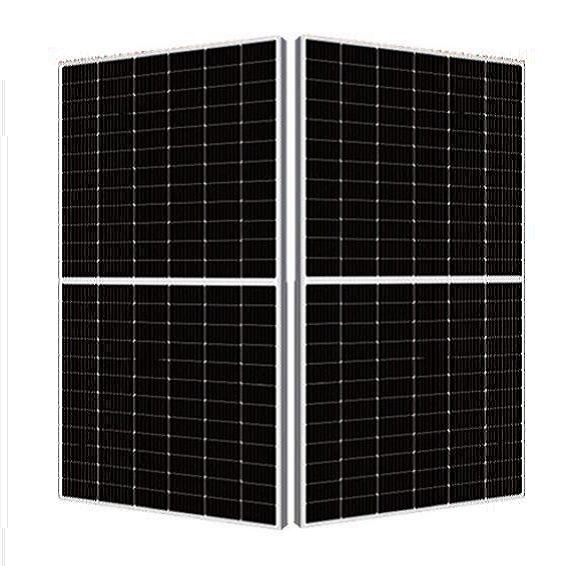
Conventional Module,Solar Module,Pv Solar Module,Silicon Pv Solar Module
Jiangxi Huayang New Energy Co.,Ltd , https://www.huayangenergy.com